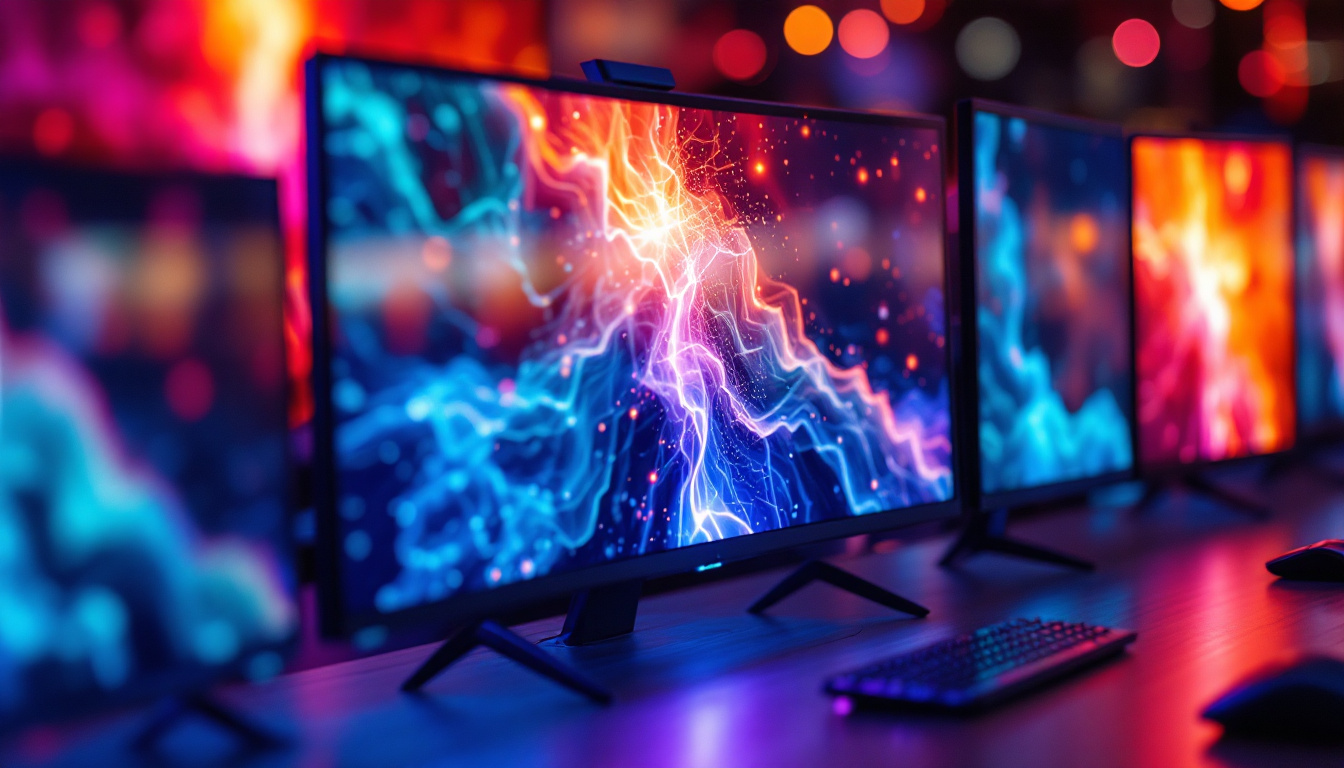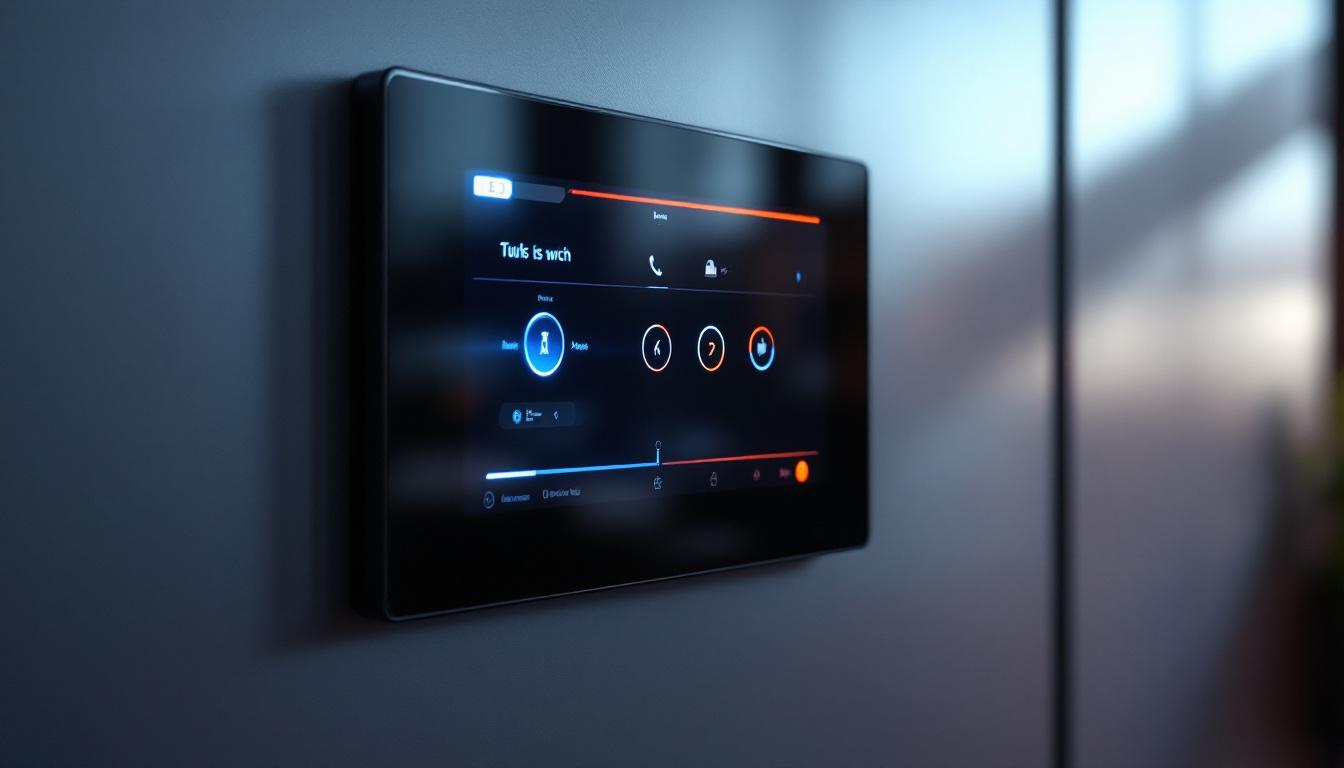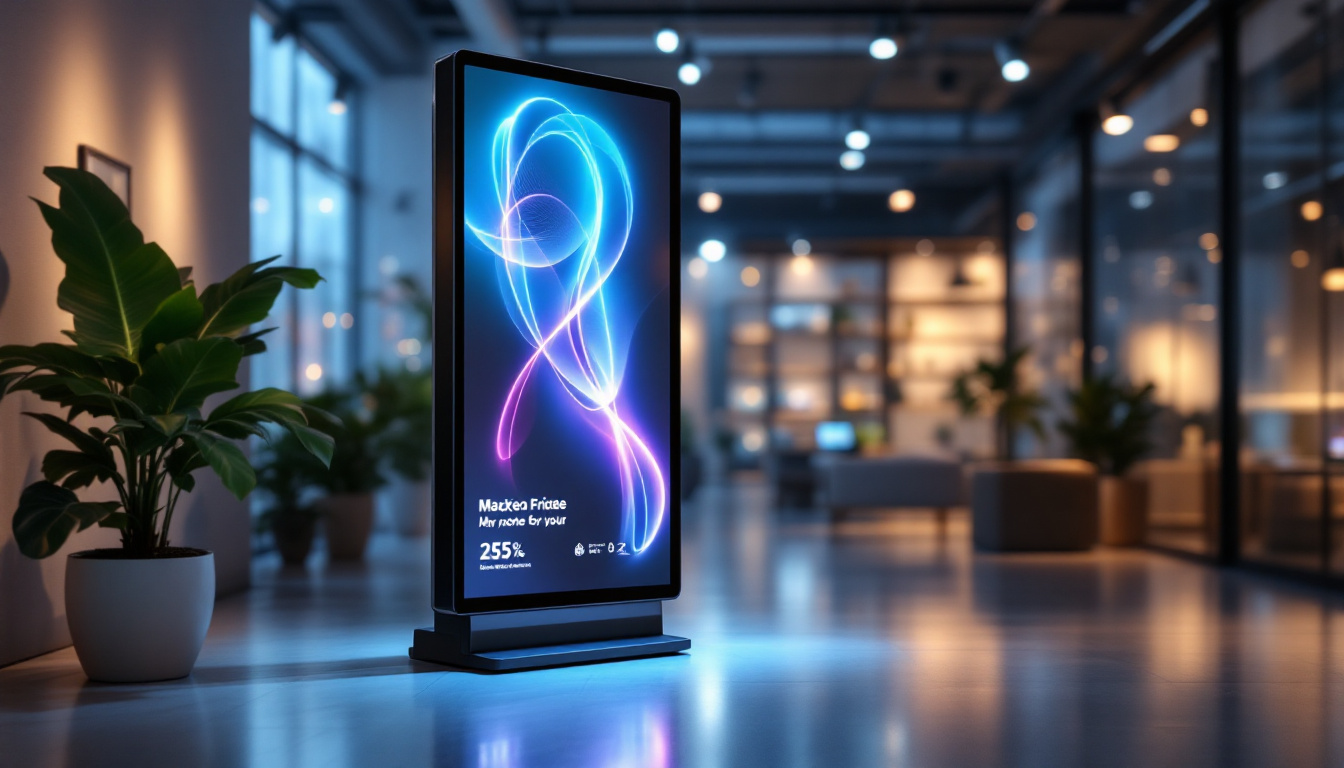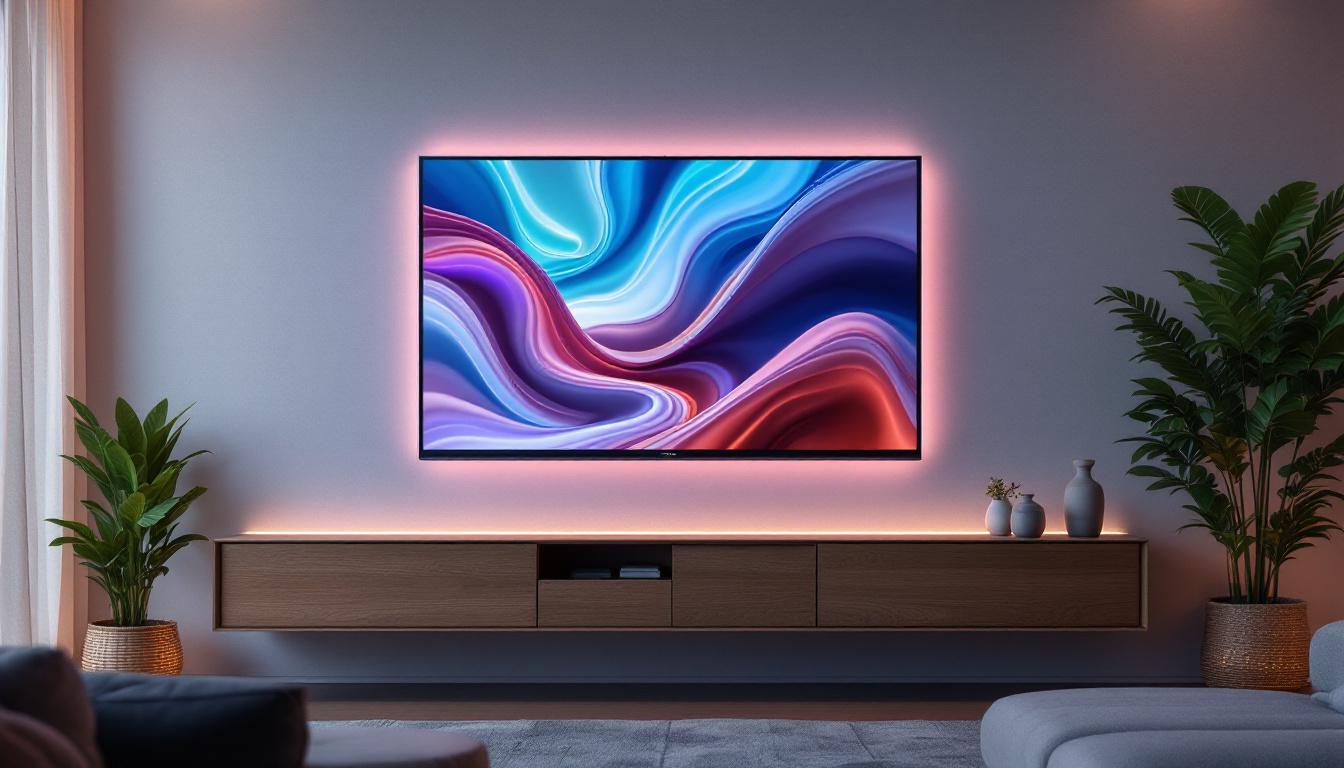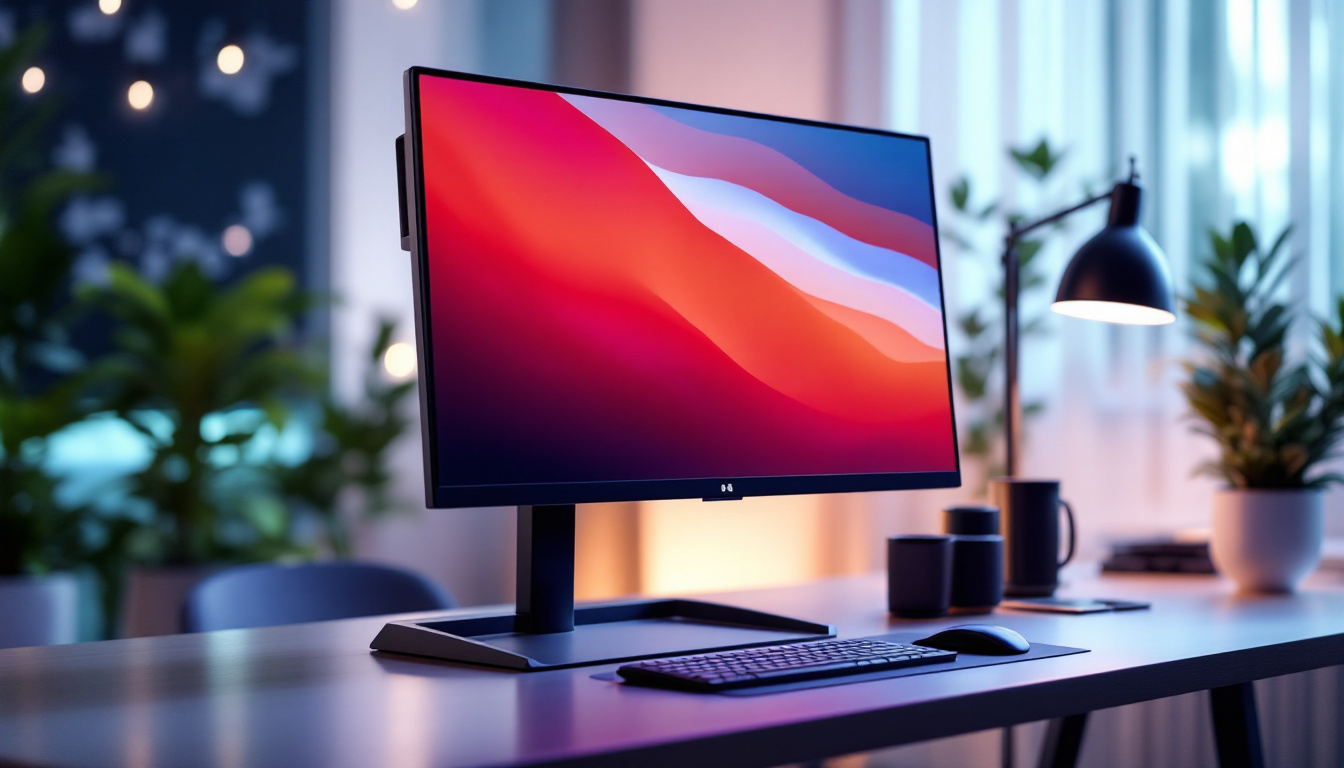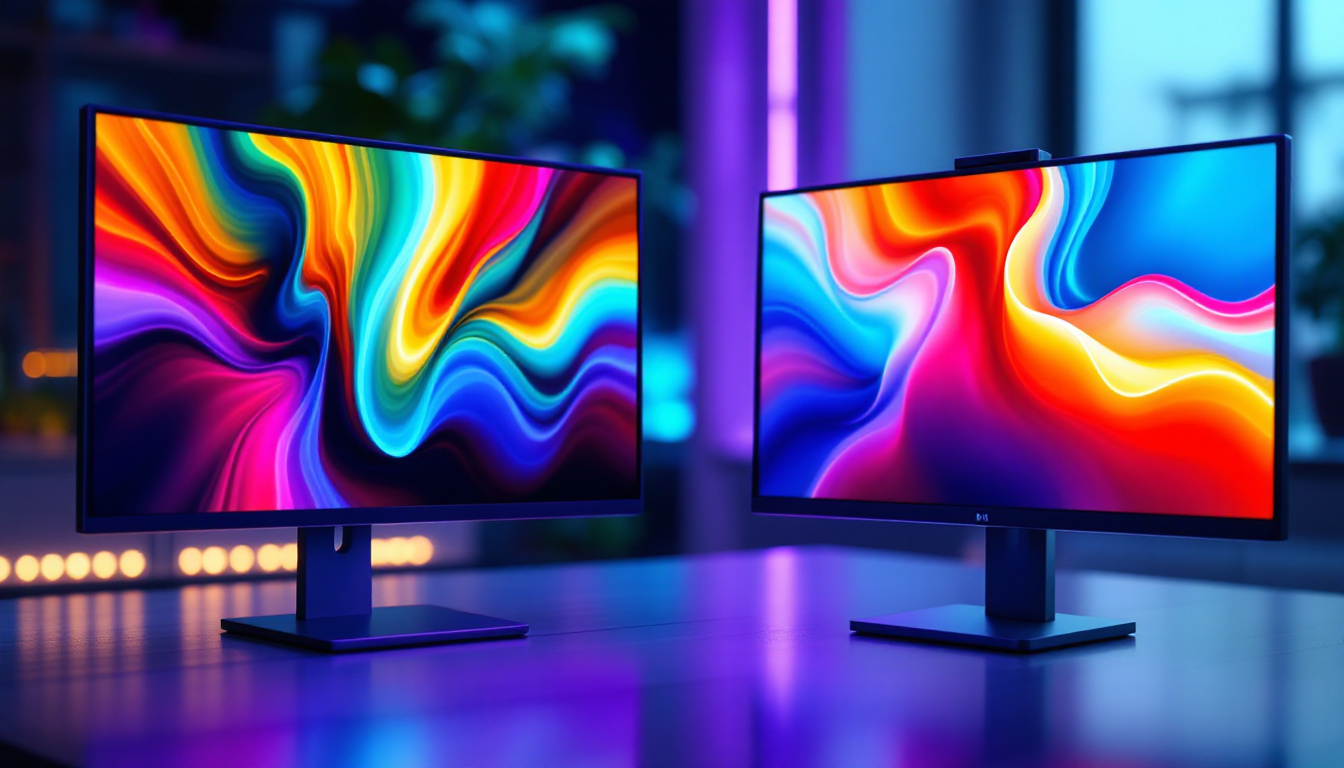In the realm of modern technology, LCD touch screen monitors have emerged as a pivotal component in various industries, ranging from consumer electronics to professional applications. These devices combine the functionality of a liquid crystal display (LCD) with the interactivity of a touch screen, creating a dynamic user experience. This article delves into the intricacies of LCD touch screen monitors, particularly focusing on their LED display technology, advantages, applications, and future trends.
Understanding LCD Technology
Liquid Crystal Display (LCD) technology has revolutionized the way visual content is presented. It utilizes liquid crystals sandwiched between two layers of glass or plastic, which manipulate light to produce images. The addition of touch functionality further enhances the user experience, allowing for direct interaction with the display. This interactivity has paved the way for a myriad of applications, from smartphones and tablets to interactive kiosks and smart home devices, making LCDs an integral part of modern technology.
The Basics of LCD Operation
At its core, an LCD operates by controlling the alignment of liquid crystals through electric currents. When light passes through these crystals, it can be modulated to create images. This process is efficient, leading to lower power consumption compared to traditional display technologies like cathode ray tubes (CRTs). The ability to produce sharp images with minimal energy usage has made LCDs a preferred choice for manufacturers looking to create sustainable products.
In LCD monitors, a backlight is essential, as the liquid crystals themselves do not emit light. This backlight can be provided by various sources, including fluorescent lamps or LEDs, with the latter becoming increasingly popular due to their superior energy efficiency and brightness. Moreover, advancements in backlighting technology, such as edge-lit and full-array local dimming, have significantly improved contrast ratios and overall picture quality, allowing for deeper blacks and more vibrant colors.
Types of LCD Displays
LCD technology can be categorized into different types based on the arrangement of liquid crystals and the backlighting method used. The two most common types are:
- Twisted Nematic (TN): Known for their fast response times and affordability, TN panels are often used in gaming monitors. However, they typically suffer from limited color reproduction and narrow viewing angles. This makes them less suitable for tasks requiring precise color accuracy, such as photo editing or graphic design.
- In-Plane Switching (IPS): IPS panels provide better color accuracy and wider viewing angles, making them ideal for graphic design and professional applications. They tend to be more expensive than TN panels but offer superior performance. Additionally, advancements in IPS technology, such as the introduction of Advanced High-Performance In-Plane Switching (AH-IPS), have further enhanced color consistency and response times, making them a favorite among content creators.
Another emerging type of LCD technology is Vertical Alignment (VA) panels, which offer a unique combination of high contrast ratios and decent color reproduction. VA panels excel in producing deep blacks, making them a popular choice for watching movies in dark environments. However, they may not match the color accuracy of IPS panels, which can be a deciding factor for professionals in the visual arts. As the demand for high-quality displays continues to grow, manufacturers are constantly innovating, leading to the development of hybrid technologies that combine the strengths of different LCD types to cater to diverse user needs.
LED Backlighting in LCD Monitors
LED backlighting has become a game-changer in the world of LCD displays. By replacing traditional fluorescent backlights with LEDs, manufacturers have significantly improved the performance and efficiency of LCD monitors.
Advantages of LED Backlighting
LED backlighting offers several advantages over conventional backlighting methods. Firstly, LEDs are more energy-efficient, consuming less power while providing brighter displays. This efficiency translates into longer battery life for portable devices and reduced energy costs for desktop monitors.
Secondly, LED backlighting allows for better contrast ratios. With the ability to dim specific areas of the screen, LED monitors can achieve deeper blacks and more vibrant colors, enhancing the overall visual experience. This capability is particularly beneficial for activities such as gaming and watching movies, where visual detail and color accuracy are paramount. Users can enjoy a more immersive experience as the enhanced contrast brings out subtle details that might be lost in traditional displays.
Types of LED Backlighting
There are primarily two types of LED backlighting used in LCD monitors:
- Edge-Lit LED: In this configuration, LEDs are placed along the edges of the display. This design allows for thinner monitors but can sometimes result in uneven brightness across the screen. Despite this drawback, edge-lit technology is often favored for its sleek design and lightweight profile, making it ideal for modern aesthetics.
- Full-Array LED: Full-array backlighting uses a grid of LEDs behind the entire display. This setup provides more uniform brightness and better contrast, as it allows for local dimming. Full-array displays are particularly advantageous for professional environments where color accuracy is critical, such as graphic design and video editing, as they can reproduce a wider color gamut and finer details.
In addition to these two main types, there are also variations like Mini-LED technology, which utilizes smaller LEDs to create even more precise local dimming zones. This advancement further enhances the dynamic range and color performance of LCD monitors, making them competitive with OLED displays. As technology continues to evolve, we can expect to see even more innovations in LED backlighting, pushing the boundaries of display quality and energy efficiency.
The Touch Screen Aspect
The integration of touch screen technology into LCD monitors has transformed how users interact with their devices. Touch screens can be categorized into various types based on their sensing technology.
Types of Touch Screen Technologies
There are several touch screen technologies available, each with its unique advantages:
- Resistive Touch Screens: These screens consist of two flexible layers separated by a small gap. When pressure is applied, the layers touch, registering the input. They are cost-effective and work well with gloves or styluses but offer lower clarity and responsiveness compared to other types.
- Capacitive Touch Screens: These screens use the electrical properties of the human body to detect touch. They provide a more responsive and clearer display but require direct skin contact, making them less effective with gloves.
- Infrared Touch Screens: Utilizing infrared light beams, these screens detect touch by measuring interruptions in the light patterns. They offer excellent durability and clarity, making them suitable for public kiosks and large displays.
Benefits of Touch Screen Monitors
The benefits of touch screen monitors are numerous. They provide a more intuitive user interface, allowing for direct manipulation of on-screen elements. This interactivity can enhance productivity, especially in environments where quick access to information is crucial, such as in retail or healthcare settings.
Moreover, touch screens can reduce the need for additional peripherals like keyboards and mice, streamlining the user experience. This simplicity is particularly advantageous in educational settings, where students can engage with content more interactively.
Applications of LCD Touch Screen Monitors
LCD touch screen monitors find applications across a wide array of industries. Their versatility and functionality make them suitable for various environments.
Retail and Point of Sale (POS) Systems
In the retail sector, touch screen monitors are widely used in point-of-sale systems. They enable cashiers to process transactions quickly and efficiently while providing customers with a seamless checkout experience. The intuitive interface allows staff to focus on customer service rather than navigating complex software.
Healthcare and Medical Devices
In healthcare, LCD touch screen monitors are used in various medical devices and patient management systems. They facilitate easy access to patient records and enable healthcare professionals to input data quickly. The touch interface can enhance the efficiency of medical staff, allowing them to provide better patient care.
Education and Training
educational institutions have embraced LCD touch screen monitors as interactive whiteboards and teaching aids. These devices promote collaborative learning by allowing multiple users to interact with the content simultaneously. They can display educational materials, videos, and interactive simulations, making learning more engaging.
Future Trends in LCD Touch Screen Monitors
The future of LCD touch screen monitors looks promising, with several emerging trends expected to shape their development.
Advancements in Display Technology
As technology continues to evolve, advancements in display technology will likely lead to even better LCD monitors. Innovations such as higher resolution displays, improved color accuracy, and enhanced energy efficiency are on the horizon. These improvements will further enhance the user experience, making LCD touch screen monitors more appealing for various applications.
Integration with Smart Technologies
With the rise of smart technologies, LCD touch screen monitors are expected to integrate more seamlessly with other devices and systems. This connectivity can lead to enhanced functionality, allowing users to control smart home devices, access cloud-based applications, and utilize artificial intelligence for personalized experiences.
Increased Adoption in Various Industries
As the benefits of LCD touch screen monitors become more widely recognized, their adoption is expected to increase across various industries. From retail to healthcare to education, organizations are likely to invest in these technologies to enhance efficiency and improve user engagement.
Conclusion
LCD touch screen monitors represent a remarkable fusion of display and interactivity, making them invaluable in today’s technology-driven world. With the advantages of LED backlighting, diverse applications, and ongoing advancements, these monitors are set to play a crucial role in shaping the future of user interfaces. As industries continue to embrace this technology, the potential for innovation and improved user experiences is limitless.
In summary, understanding the intricacies of LCD touch screen monitors, particularly their LED display technology, is essential for anyone looking to leverage these devices effectively. Whether in retail, healthcare, or education, the impact of these monitors is profound, paving the way for a more interactive and efficient future.
Discover LumenMatrix’s Innovative LED Display Solutions
As you consider the future of interactive displays and the role they play in various industries, LumenMatrix stands at the forefront of LED display technology. With a commitment to revolutionizing visual communication, our range of solutions, including Indoor and Outdoor LED Wall Displays, Vehicle LED Displays, and more, are designed to captivate audiences and enhance brand visibility. Experience the transformative power of our LED display modules and take the first step towards creating unforgettable visual experiences. Check out LumenMatrix LED Display Solutions today and see how we can help you share your message with impact and clarity.







